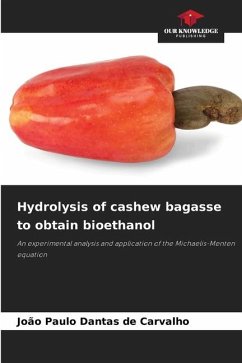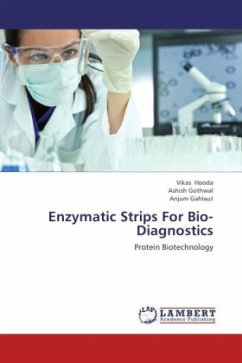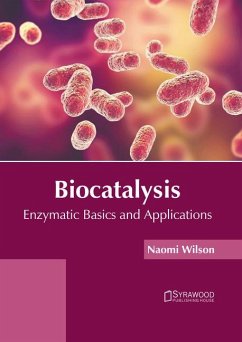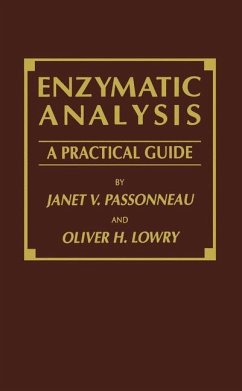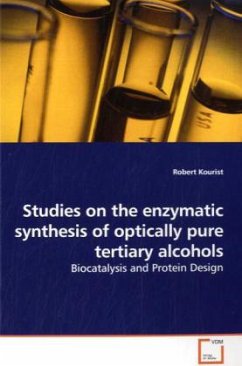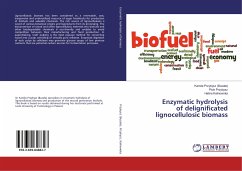
Enzymatic hydrolysis of delignificated lignocellulosic biomass
Versandkostenfrei!
Versandfertig in 6-10 Tagen
50,99 €
inkl. MwSt.

PAYBACK Punkte
25 °P sammeln!
Lignocellulosic biomass has been considered as a renewable, vast, inexpensive and underutilized resource of sugar feedstocks for production of biofuels and valuable chemicals. The rich source of lignocelluloses is wood of various botanical origins and byproducts from its processing. The bioconversion of wood and other lignocellulosic materials into biofuels and other biodegradable chemicals is eco-friendly and enables to avoid competition between their manufacturing and food production. In papermaking, kraft pulping is the most popular method for converting wood into a pulp consisting of virtu...
Lignocellulosic biomass has been considered as a renewable, vast, inexpensive and underutilized resource of sugar feedstocks for production of biofuels and valuable chemicals. The rich source of lignocelluloses is wood of various botanical origins and byproducts from its processing. The bioconversion of wood and other lignocellulosic materials into biofuels and other biodegradable chemicals is eco-friendly and enables to avoid competition between their manufacturing and food production. In papermaking, kraft pulping is the most popular method for converting wood into a pulp consisting of virtually pure cellulose. Enzymatic digestion of such pulps by cellulases may generate glucose syrups of low pentose contents that are potential carbon sources for fermentation processes.



